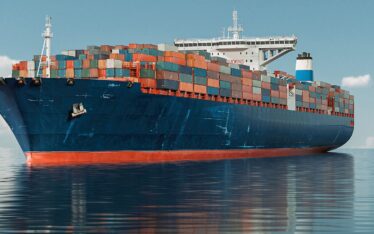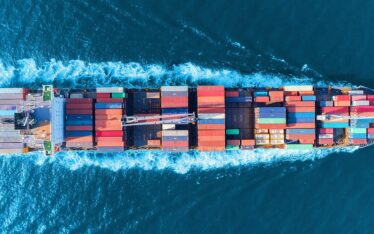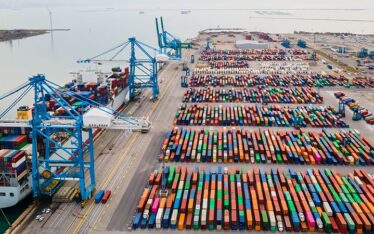In the dynamic world of international trade, the backbone of global commerce lies within the intricate web of logistics and transportation. Effective import and export strategies are paramount for a country as vast and diverse as Canada.
Ocean freight is pivotal in ensuring the seamless flow of goods to and from Canadian shores. Knowing its ins and outs is essential if you’re considering ocean freight to ship your goods. For instance, you should be familiar with the ports of entry and exit while complying with international trade agreements and customs rules.
In this blog, we’ll teach you navigate international trade using ocean freight in Canada. Here, we explore how to choose the ideal ocean freight company in Canada for your shipping needs.
Ocean Freight Canada: Navigating the Maritime Landscape
Canada’s extensive coastline, over 202,080 kilometres, offers access to three oceans: The Atlantic, the Pacific, and the Arctic. This unique geographical advantage has made Canada a critical player in international maritime trade.
Its ports serve as gateways for goods entering and leaving North America. As a result, ocean freight has evolved into a complex and highly competitive industry.
Here are some key players in Canada’s ocean freight.
- Shipping Lines: These companies own and operate the ships transporting cargo. They come in various sizes, from smaller regional players to global giants, and are responsible for moving goods across the oceans.
- Freight Forwarders: Freight forwarders act as intermediaries between shippers and carriers. They coordinate the logistics and ensure they package, document, and transport cargo appropriately.
- Port Authorities: Port authorities manage Canada’s major ports, such as Vancouver, Montreal, and Halifax. These entities oversee the infrastructure, services, and security of the ports.
- Customs Brokers: Navigating customs regulations is a significant challenge in international trade. Customs brokers ensure that cargo complies with all import and export requirements.
Related Article: What are Ocean Freight Rates?
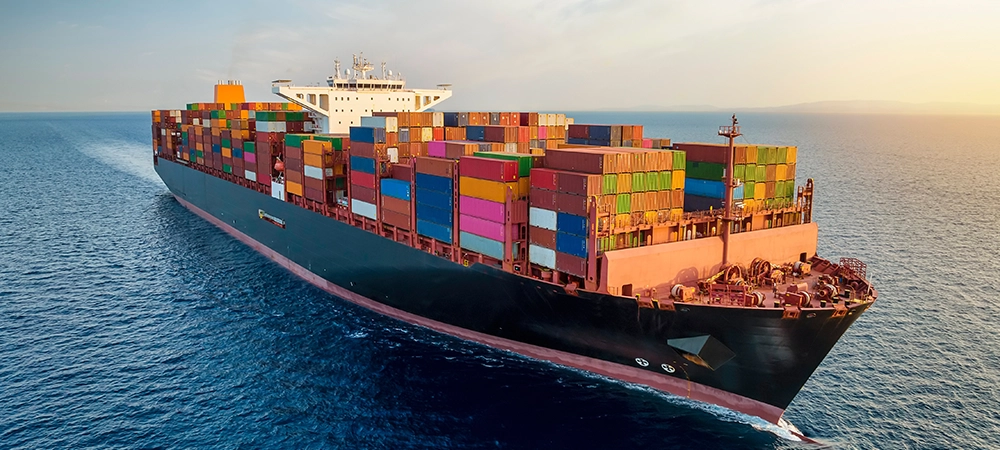
Why Ocean Freight in Canada Matters
Canada’s dependence on ocean freight is substantial. According to Statistics Canada, in 2020, Canada imported over $500 billion worth of goods and exported over $450 billion.
The majority of these goods travelled via ocean freight. It’s a vital industry for Canadian businesses, as it connects them to markets worldwide. To navigate international trade with ocean freight in Canada, here are some essentials to keep in mind
Ports of Entry and Exit
Canada boasts a diverse selection of ports. Vancouver and Prince Rupert are significant entry points for goods from Asia on the West Coast. On the East Coast, Montreal, Halifax, and St. John’s handle shipments from Europe. On the Northern frontier, Churchill serves as a strategic Arctic gateway.
The North-West Passage
With climate change affecting the Arctic region, the prospect of using the North-West Passage for international trade is becoming increasingly viable. While this route offers a shortcut from Europe to Asia, it also presents unique challenges due to ice conditions and environmental concerns.
Canada-U.S. Trade
The U.S. is Canada’s largest trading partner, and ocean freight is critical in facilitating this trade. Ports along the border, such as those in Windsor-Detroit and Buffalo-Niagara, handle a substantial volume of goods moving between the two countries.
Regulations and Compliance
Navigating the complexities of international trade regulations is no small task. Businesses involved in ocean freight must ensure compliance with international trade agreements, customs rules, safety and security standards, and more.
Environmental Considerations
With the increasing emphasis on sustainability, the maritime industry in Canada is adapting to reduce its environmental footprint. Initiatives such as using cleaner fuels, improved hull designs, and enhanced port infrastructure aim to minimize the industry’s environmental impact.
Challenges in Ocean Freight Canada
Like other shipping methods, ocean freight services in Canada face challenges. Some of these challenges include:
- Weather-Related Delays: Weather conditions can significantly affect Canada’s maritime operations. Harsh winters, ice, and storms can disrupt shipping schedules and increase risks.
- Infrastructure Investment: As trade volumes grow, the need for investments in port infrastructure and transportation networks is becoming increasingly evident. Canada’s ports must keep pace with the evolving demands of international trade.
- Labour and Workforce Issues: A skilled workforce is essential for the smooth operation of the maritime industry. Labour disputes or shortages can result in delays and disruptions.
- Global Trade Dynamics: Fluctuations in global trade and geopolitical events can profoundly impact the industry. Trade disputes or disruptions in global supply chains can ripple through the ocean freight sector.
Future Trends in Ocean Freight Canada
If you’re in Canada and intend to use ocean freight services for your business or personal shipping, keeping tabs on future trends is essential.
- Digital Transformation: The maritime industry is increasingly adopting digital technologies to enhance operational efficiency. Digitalization is changing how goods move from online booking systems to real-time tracking and blockchain for supply chain transparency.
- Sustainable Shipping: Environmental concerns are driving innovation in sustainable shipping. Canada is investing in cleaner fuels, energy-efficient vessel designs, and emission reduction strategies to align with international environmental goals.
- Arctic Shipping: As the Arctic becomes more accessible, the potential for increased Arctic shipping routes opens new possibilities for Canadian trade. However, environmental safeguards are a top priority.
- Integrated Logistics: The future of ocean freight in Canada involves tighter integration with other modes of transportation, including rail and trucking, to create seamless supply chains.
Related Article: Sea Freights: Understanding the Pros and Cons of Ocean Shipping
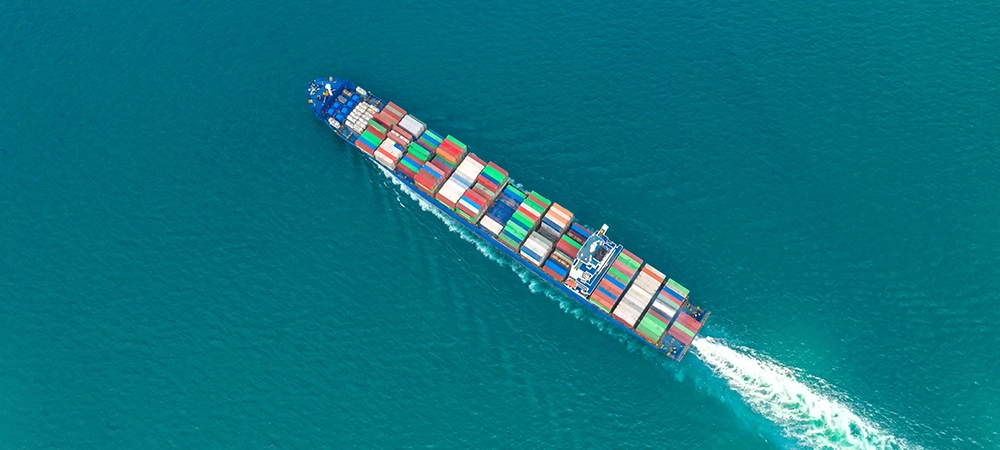
Explore the World of Ocean Freight
Ocean freight is the lifeblood of Canada’s international trade, connecting our country to global markets. The industry is marked by its vast and diverse network of ports, intricate regulations, and ongoing efforts to address environmental challenges.
While facing its share of challenges, the future of Ocean Freight Canada is marked by innovation and sustainability. As Canada’s role in global commerce continues to evolve, the maritime industry will remain a cornerstone of the nation’s prosperity.
Ocean freight in Canada is evolving; hence, knowing how to navigate international trade with ocean freight is essential. The tips in this article are handy to scale your business using ocean freight.
You can maximize the efficiency of your ocean freight logistics when you partner with Ontario Container Transport handle your ocean freight. With experience in international shipping, we offer smooth and hassle-free local and international shipping. Contact us at (905) 695- 1501 for more information.

